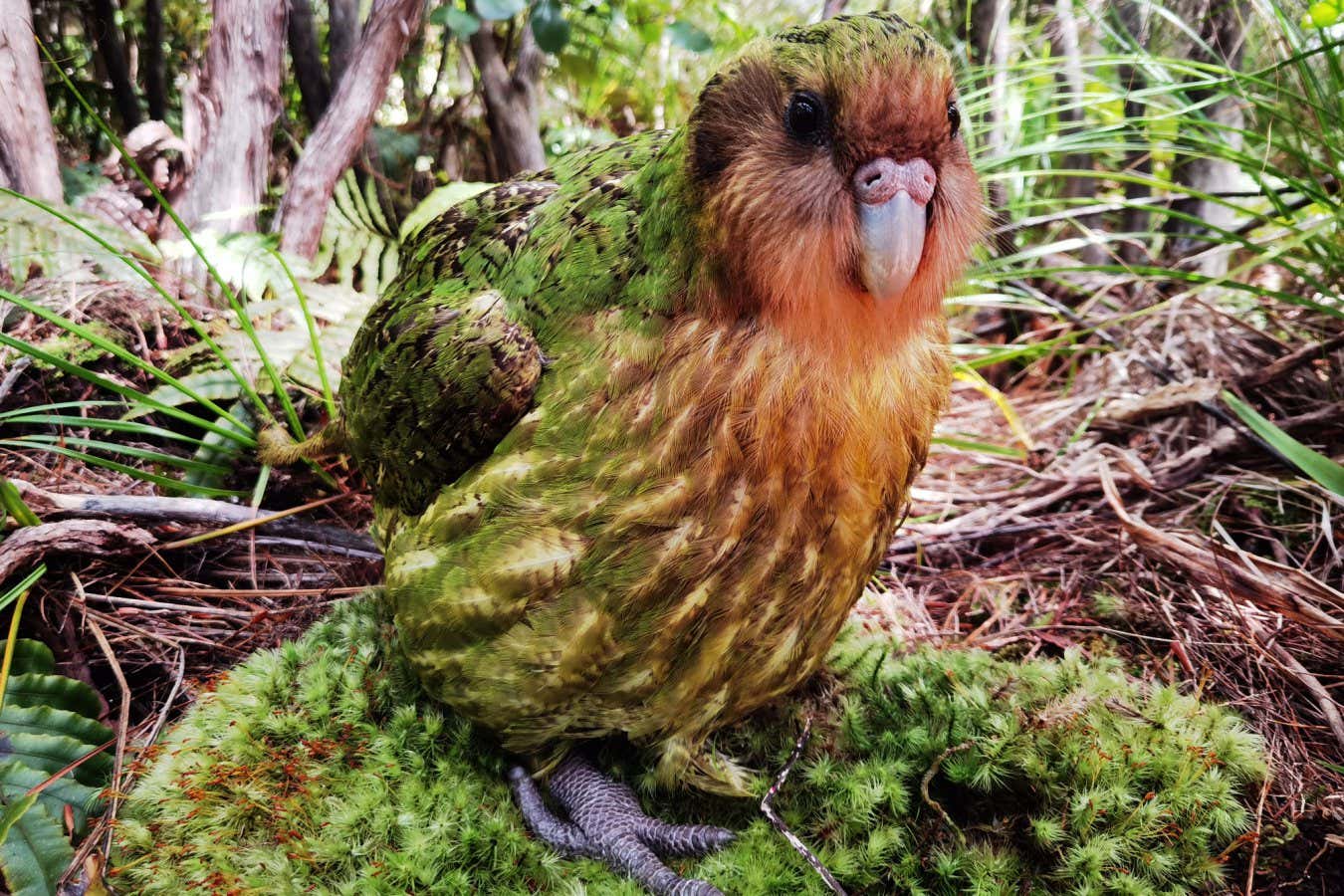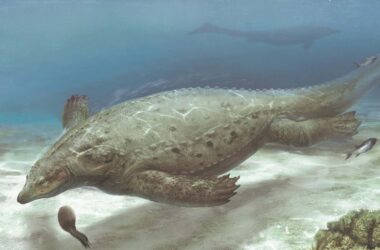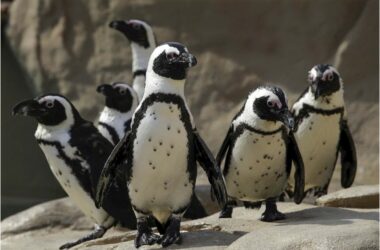The genomes of nearly all remaining kakapos, a critically endangered parrot species native to New Zealand, have been sequenced in an effort to aid in conservation management. Kakapos are unique in that they are the heaviest parrots in the world, with some males weighing over 3 kilograms, and they have the longest lifespan of any parrot species, reaching up to 90 years. Unlike other parrots, kakapos cannot fly and instead climb trees or forage on the ground for food.
Once widespread throughout New Zealand, the kakapos were nearly wiped out by introduced predators such as cats and rats. Today, there are only around 250 kakapos left, managed by New Zealand’s Department of Conservation in collaboration with Maori groups on five predator-free islands. However, the small population size makes it challenging to prevent inbreeding, and efforts are made to increase genetic diversity by relocating individual kakapos to different islands.
To assist in these decisions, researchers at the University of Otago in New Zealand, led by Joseph Guhlin and Peter Dearden, sequenced the whole genomes of approximately 90% of the remaining kakapos. This information is now being used by the Department of Conservation to prioritize translocations based on the levels of genetic relatedness between individuals. By moving less closely related individuals, there is an increased chance of successful mating and genetic diversity.
In addition, the researchers identified certain genetic variants associated with fitness traits, such as egg-laying capacity, growth rates of chicks, and disease susceptibility. This information can be used to identify individuals with higher “genetic merit” for strategic mate-pairings in the future, as well as individuals that require special care due to vulnerabilities.
The successful sequencing of kakapo genomes serves as a blueprint for the conservation of other critically endangered species. As the cost of sequencing continues to decrease, this approach could be applied to other populations to improve conservation efforts.
Topics:
Insights:
- Kakapos, a critically endangered parrot species, have nearly all their remaining individuals’ genomes sequenced to assist in conservation management.
- Kakapos have unique traits such as being the heaviest parrots, unable to fly, and having a long lifespan.
- The small population size of kakapos makes it difficult to prevent inbreeding, and efforts are made to increase genetic diversity through translocations.
- The whole genomes of around 90% of remaining kakapos have been sequenced, providing crucial information for decision-making in conservation management.
- Genetic relatedness is considered when deciding which individuals to relocate, increasing the chance of successful mating and genetic diversity.
- The genetic variants associated with fitness traits can be used to identify individuals for strategic mate-pairings and vulnerable individuals requiring special care.
- Sequencing the genomes of critically endangered species can serve as a blueprint for improving conservation efforts in other populations.








